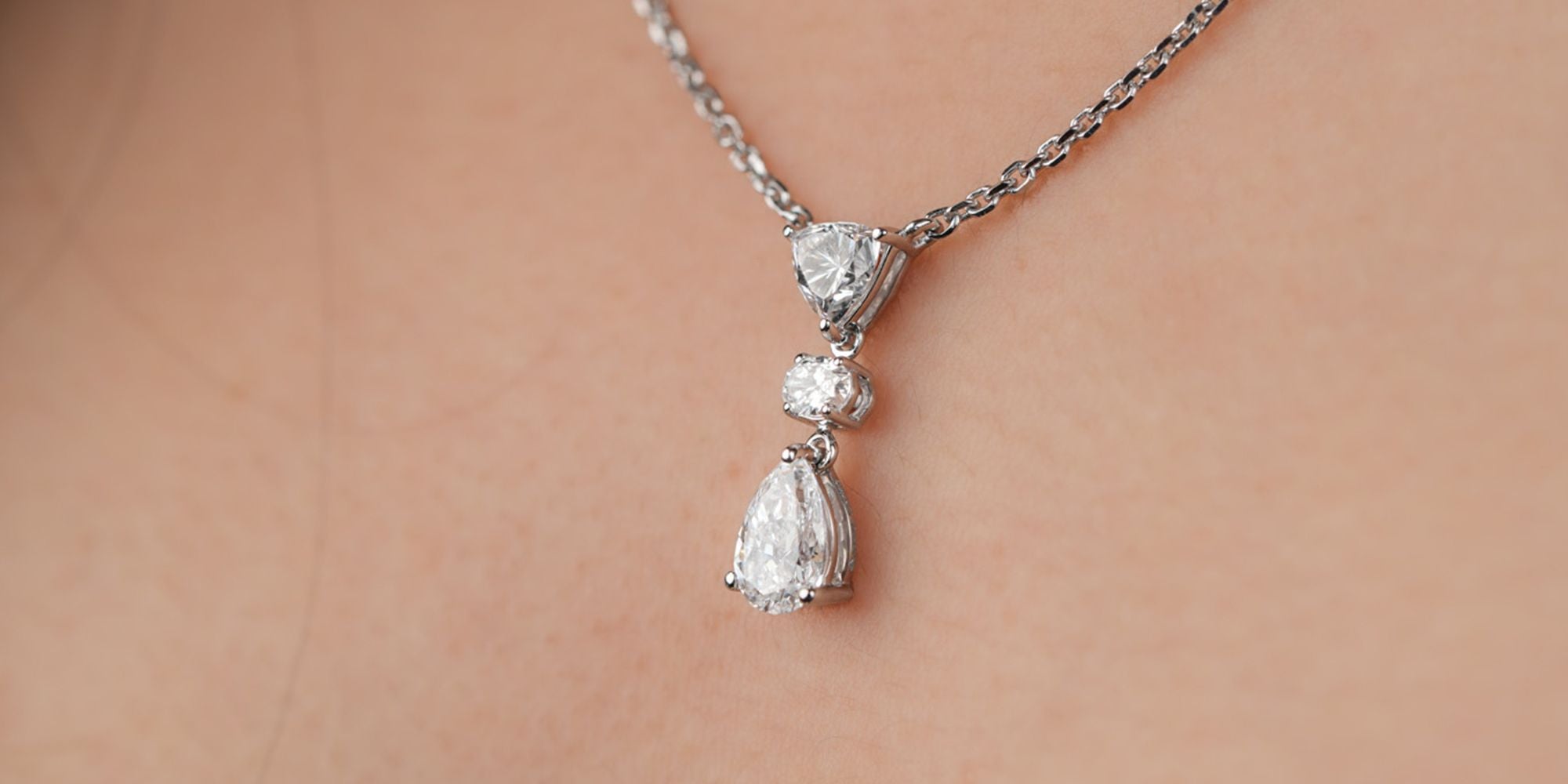
Understanding Ethical Lab Diamonds
Ethical lab diamonds have emerged as a revolutionary force in the jewelry industry, offering consumers a sustainable and morally sound alternative to traditional mined diamonds. These diamonds are created in laboratories using advanced technological processes that replicate the natural conditions under which diamonds form in the Earth’s mantle. Unlike mined diamonds, which often come with ethical concerns related to labor practices and environmental impact, lab-grown diamonds are environmentally friendly and ethically sourced.
The Production Process
The process of creating lab diamonds involves simulating the extreme pressure and temperature conditions that occur naturally in the Earth’s mantle. Carbon atoms are arranged in the crystal structure characteristic of diamonds, resulting in stones that are chemically and optically identical to mined diamonds. Advanced equipment and scientific expertise ensure that these diamonds meet the highest standards of quality and purity.
Quality and Certification
Quality assurance is a cornerstone of the lab-grown diamond industry. These diamonds undergo rigorous testing and certification by reputable gemological institutes such as the Gemological Institute of America (GIA) or the International Gemological Institute (IGI). Certificates provided with each diamond detail its specifications including cut, clarity, color, and carat weight, ensuring transparency and reliability for consumers.
Advantages of Ethical Lab Diamonds
Sustainability
One of the primary advantages of ethical lab diamonds is their minimal environmental impact. Unlike traditional mining practices, which can lead to deforestation, habitat destruction, and water pollution, lab-grown diamonds require significantly less energy and have a smaller carbon footprint. They also do not contribute to issues such as soil erosion or community displacement.
Ethical Sourcing
Ethical concerns surrounding the diamond mining industry have been widely reported, including issues related to child labor and unfair wages. Ethical lab diamonds provide an alternative that is free from these concerns. Production takes place in controlled laboratory settings where labor practices adhere to strict ethical guidelines, ensuring fair wages and safe working conditions for all workers involved.
Cost-Effectiveness
In addition to their ethical and environmental advantages, lab-grown diamonds are often more cost-effective than their mined counterparts. The streamlined production process and reduced overhead costs allow for competitive pricing without compromising on quality. This affordability opens up opportunities for consumers to purchase larger or higher-quality diamonds within their budget.
Consumer Confidence and Market Trends
Rising Popularity
The market for ethical lab diamonds is experiencing rapid growth as consumers become more conscientious about the origins of their purchases. Millennials and Gen Z, in particular, are driving this shift towards sustainability and ethical consumption. As awareness spreads regarding the ethical and environmental impact of consumer goods, including jewelry, more people are choosing lab-grown diamonds as their preferred choice.
Cultural and Fashion Acceptance
Lab-grown diamonds are gaining acceptance not only for their ethical and environmental credentials but also for their beauty and quality. Leading jewelry designers and brands are increasingly incorporating lab lab grown diamonds into their collections, showcasing the versatility and desirability of these stones in contemporary jewelry designs.
Conclusion
Ethical lab diamonds represent a significant advancement in the jewelry industry, offering consumers a sustainable and ethically sound choice without compromising on quality or beauty. As awareness grows and consumer preferences continue to evolve, the demand for lab-grown diamonds is expected to rise. This shift towards ethical sourcing and sustainability marks a positive transformation in an industry historically plagued by ethical concerns. Embracing ethical lab diamonds is not just a choice for today but a step towards a more responsible and environmentally conscious future.



